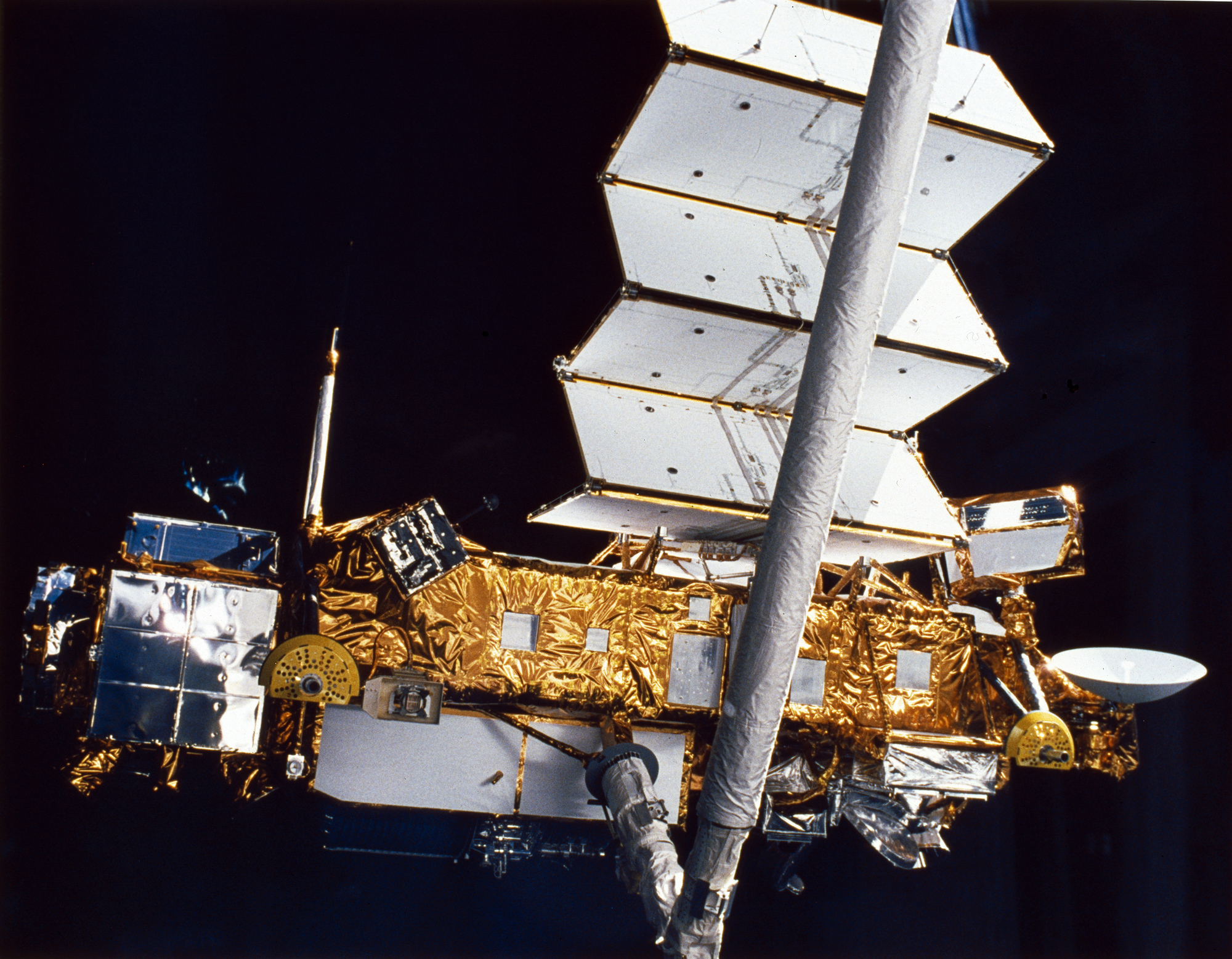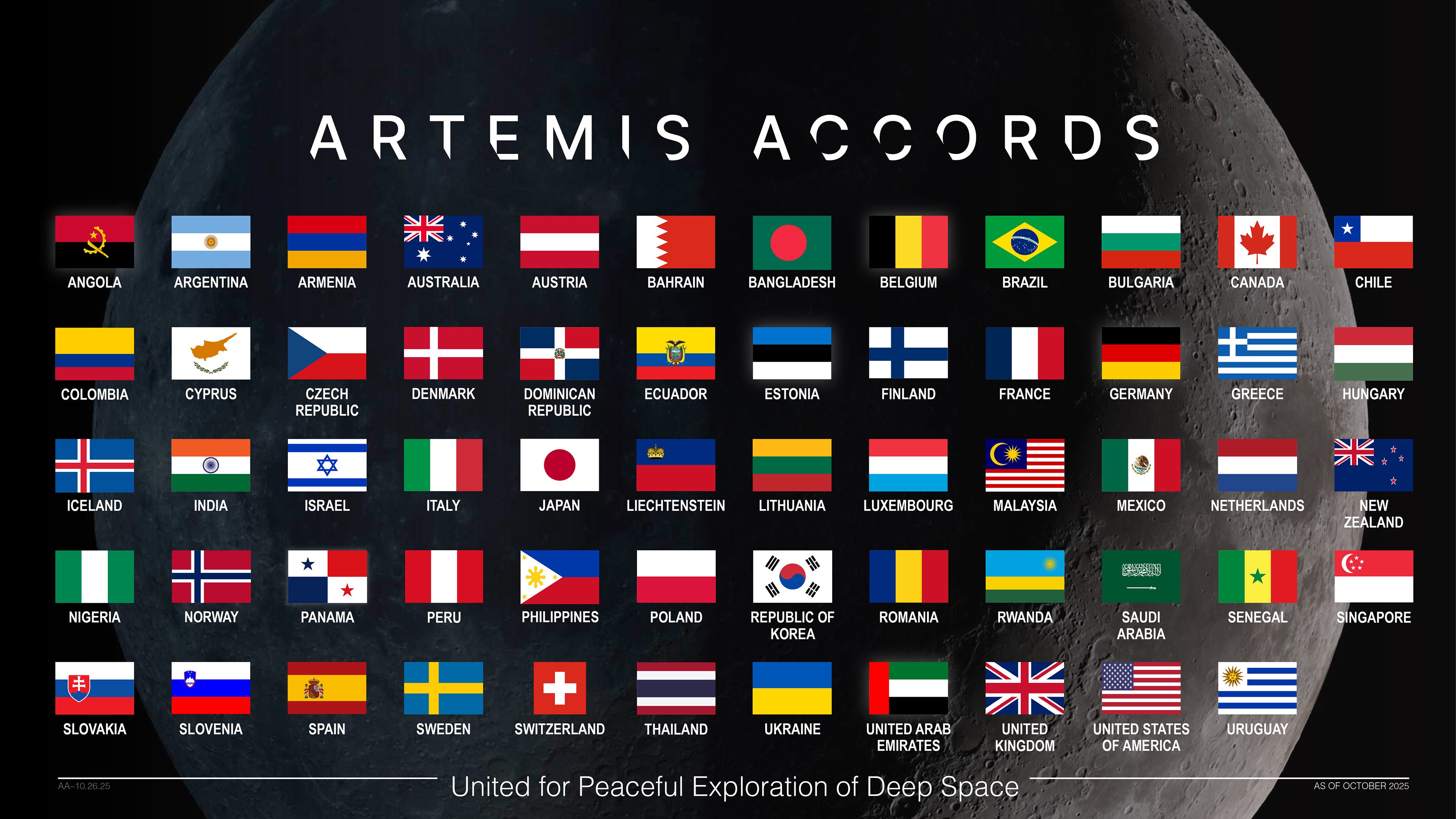NASA Satellite Debris May Fall Anywhere … Except on eBay

For the latest news about NASA's UARS spacecraft fall, visit: Falling NASA Satellite: Complete Coverage of UARS Spacecraft's Fiery Demise.
A dead NASA satellite the size of school bus is falling back to Earth, and where it will drop no one knows, at least not yet. The space agency is clear, however, on where the satellite's debris will not end up: eBay.
As NASA waits to learn where the Upper Atmosphere Research Satellite (UARS) will fall, the space agency has alerted the public not to touch any debris that may be found. The space agency wants to protect the public's safety, but also enforce the law. UARS remains U.S. government property, regardless of whether it is circling the Earth intact or lying on the ground in pieces.
Launched in 1991 from the space shuttle Discovery, the UARS completed its mission studying the chemicals in Earth's atmosphere in 2005 and since then has been gradually falling out of orbit. U.S. Strategic Command at Vandenberg Air Force Base, Calif., which tracks man-made objects circling the planet, expects UARS to plunge back to Earth during the last week of September.
Daily changes in the atmosphere make predicting exactly where UARS will fall difficult, according to Maj. Michael Duncan, the deputy chief for space situational awareness at U.S. Space Command. [Infographic: NASA's Falling UARS Satellite Explained]
"We do know with 99.9 percent accuracy that it'll reenter the atmosphere somewhere between 57 degrees north and 57 degrees south, which means it will be anywhere from northern Canada to southern South America and that is truly the best estimation we can give you at this point of time," Duncan told reporters on Friday (Sept. 9). "It takes until it gets much closer to the actual reentry time before we can give any sort of prediction better than that."
26 pieces will survive
Breaking space news, the latest updates on rocket launches, skywatching events and more!
NASA's orbital debris program analyzed UARS's design in 2002 with the purpose of determining what, if any parts of the satellite would survive the fiery reentry and make it to the ground.
"We believe there will be 26 different components that will hit the surface of the Earth somewhere with a total mass of a little over 500 kilograms [1,100 lbs]," NASA's orbital debris program chief scientist Nick Johnson said. "The largest piece that we think is going to come back is part of the structure of UARS and it is going to have a mass of just in excess of 150 kilograms, so a little more than 300 pounds."
There is a 1-in-3,200 chance that one of those pieces will land on someone somewhere in the world. Those odds are "very, very low" Johnson said, pointing out that in the 54-year history of the space age, "there have been no reports of anybody in the world being injured or severely impacted by any re-entering debris."
But pieces do make it to the ground.
"Typically, we find one piece a year from these reentries," Johnson said, describing moderate-size objects. UARS is significantly larger.
Look, but don't touch
Most of the world's population lives within the region where UARS may fall. Should any of them be under the satellite when it comes back to Earth, they may be in for quite the sky show.
"If they are fortunately positioned, this should be quite a nice show," Johnson said. "It's a relatively large vehicle. It would be visible in the daylight."
"Odds are though, it will happen over an ocean, unlikely to be seen unless it is by an airliner — and we've had reports like that before. Since we don't know where it is going to come in, we can't raise people's expectations and tell them to go out and look in the backyard," he said.
Even so, NASA is already warning the public through its website that should they find something they think may be a piece of UARS, "do not touch it."
"We always tell people not to go pick things up because that is always safe," Johnson said. "You are much more likely to get cut by some sharp edge on a piece — there are no hazardous materials [and] there are no radiological materials [aboard]. So it is always best to leave it where it is, notify your local authorities and they will contact us and we will work whatever needs to be worked."
Depending on the nature of the debris — whether a large tank or a small nondescript component — that work is more likely to be about safely disposing of the debris than recovering it for scientific study.
"Obviously when a tank is found, or another component is found around the world, we do have an interest in it. We go try to verify the identity but most of the time, it is a very large tank, it is made out titanium or stainless steel, and we know very well that those are going survive. They may not ever be found, but we know they are going to survive. So there really is not a whole lot we can learn from those tanks," Johnson said.
"The smaller components that also might survive are rarely recognized for what they are. You know if you're out walking on a pasture or in the woods and you see this hunk of metal out there, you're first assumption is not that it is some part of a satellite that fell to Earth. But we do get calls and e-mails from people around the country on a regular basis about things they think they found that may have come from a reentering satellite. And almost without exception, they're found to have some other source," he said.
Continue reading at collectSPACE.com to learn why the public does not have the "luxury" to sell UARS's debris on eBay and why where the satellite falls could redefine "finders, keepers."
Follow collectSPACE on Facebook and Twitter @collectSPACE and editor Robert Pearlman @robertpearlman. Copyright 2011 collectSPACE.com. All rights reserved.
Join our Space Forums to keep talking space on the latest missions, night sky and more! And if you have a news tip, correction or comment, let us know at: community@space.com.

Robert Pearlman is a space historian, journalist and the founder and editor of collectSPACE.com, a daily news publication and community devoted to space history with a particular focus on how and where space exploration intersects with pop culture. Pearlman is also a contributing writer for Space.com and co-author of "Space Stations: The Art, Science, and Reality of Working in Space” published by Smithsonian Books in 2018.
In 2009, he was inducted into the U.S. Space Camp Hall of Fame in Huntsville, Alabama. In 2021, he was honored by the American Astronautical Society with the Ordway Award for Sustained Excellence in Spaceflight History. In 2023, the National Space Club Florida Committee recognized Pearlman with the Kolcum News and Communications Award for excellence in telling the space story along the Space Coast and throughout the world.

